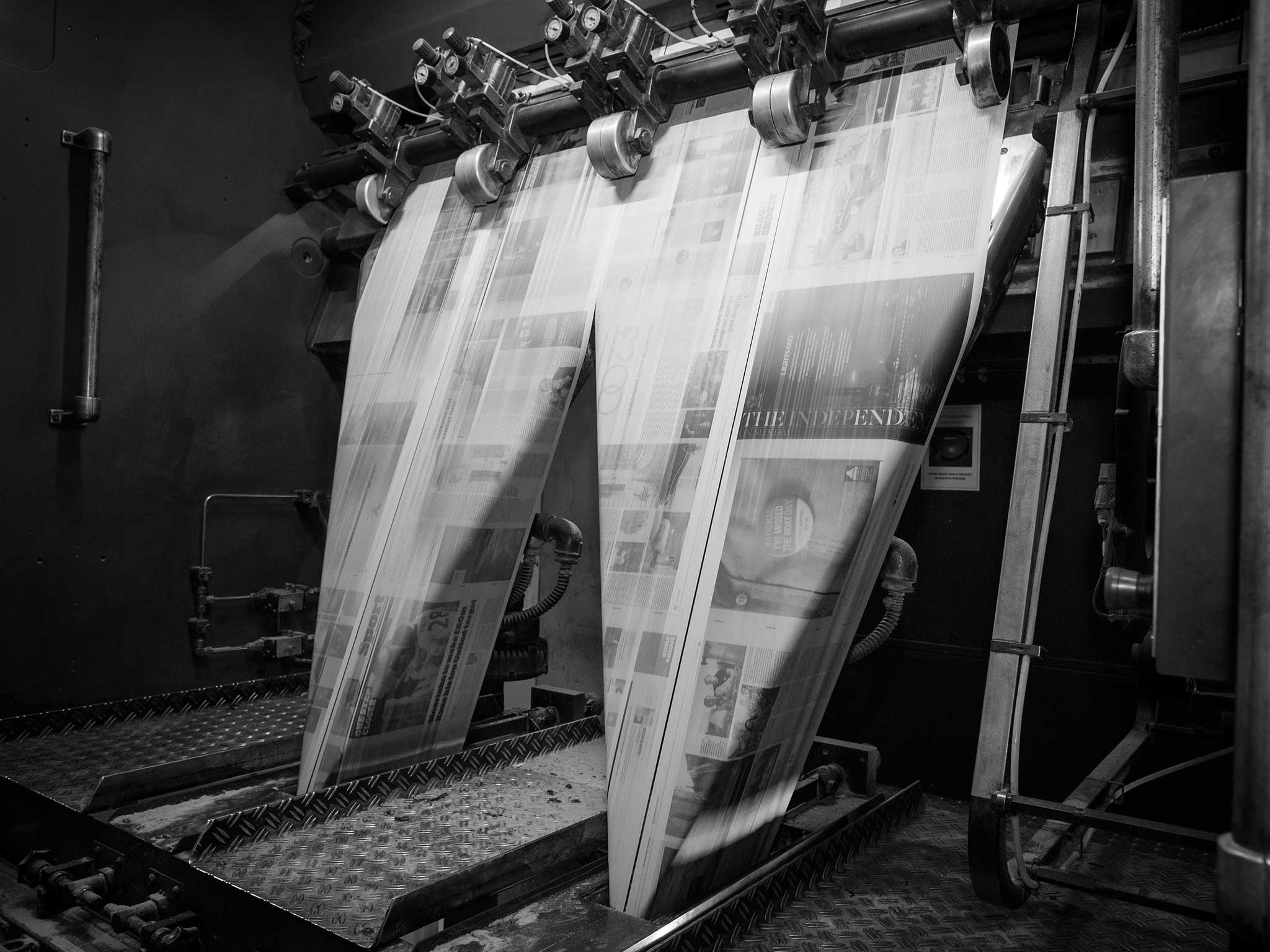How The Independent reported on the biggest science stories of all
'It is an invidious task to single out just one science story out of thousands that have filled the pages of this newspaper'

Your support helps us to tell the story
From reproductive rights to climate change to Big Tech, The Independent is on the ground when the story is developing. Whether it's investigating the financials of Elon Musk's pro-Trump PAC or producing our latest documentary, 'The A Word', which shines a light on the American women fighting for reproductive rights, we know how important it is to parse out the facts from the messaging.
At such a critical moment in US history, we need reporters on the ground. Your donation allows us to keep sending journalists to speak to both sides of the story.
The Independent is trusted by Americans across the entire political spectrum. And unlike many other quality news outlets, we choose not to lock Americans out of our reporting and analysis with paywalls. We believe quality journalism should be available to everyone, paid for by those who can afford it.
Your support makes all the difference.“It is a staggering achievement. For the first time in history, we are able to read our own draft set of genetic instructions.” This was how we announced the decoding of 90 per cent of the human genome in a front-page story of The Independent on 27 June 2000, a milestone in being able to read the complete “Book of Life”.
It is an invidious task to single out just one science story out of thousands that have filled the pages of this newspaper over the past 30 years, but this probably more than most had the biggest global political impact – and long-term medical significance.
Bill Clinton and Tony Blair – President and Prime Minister – spoke over a video link between the White House and No 10 on the incredible feat of the international human genome project to decode the three billion “base pairs”, or letters of the genetic alphabet, encoded in the 23 pairs of human chromosomes. Mr Blair opined that we should be in no doubt about the scale of the “first great technological achievement of the 21st century”, with ramifications that will surpass the discovery of antibiotics, he promised.
President Clinton, perhaps pandering to a less secular audience, controversially invoked a more supernatural force at work. “Today’s announcement represents more than just a triumph of science and reason,” he said via satellite link. “Today we are learning the language in which God created life.”
The Independent has prided itself on reporting science soberly. But even the language of the scientists, usually so prosaic, was florid and exuberant. Michael Dexter, then head of the Wellcome Trust, which funded much of the research, said 27 June 2000 would become a defining date in history, not least because knowing the human genome “has the potential to touch the lives of every person on the planet”.
What took billions of dollars to complete can now be done for just a thousand. But we are still waiting for the genome to deliver on all of its more extravagant promises.
Join our commenting forum
Join thought-provoking conversations, follow other Independent readers and see their replies
Comments